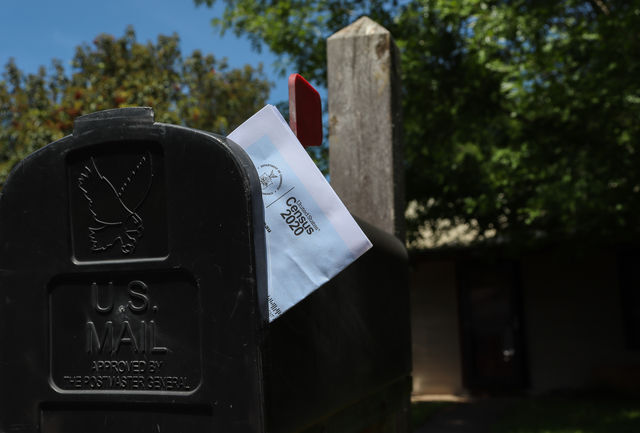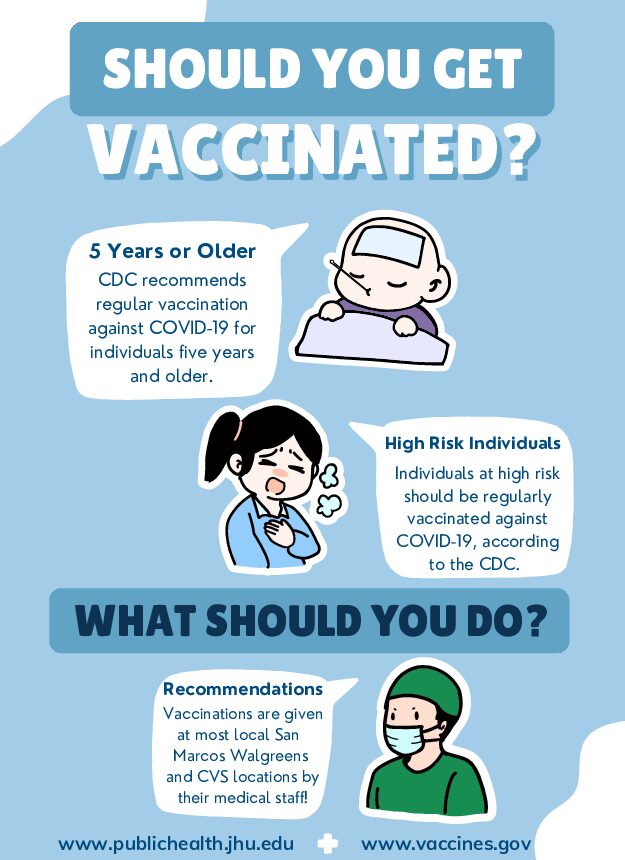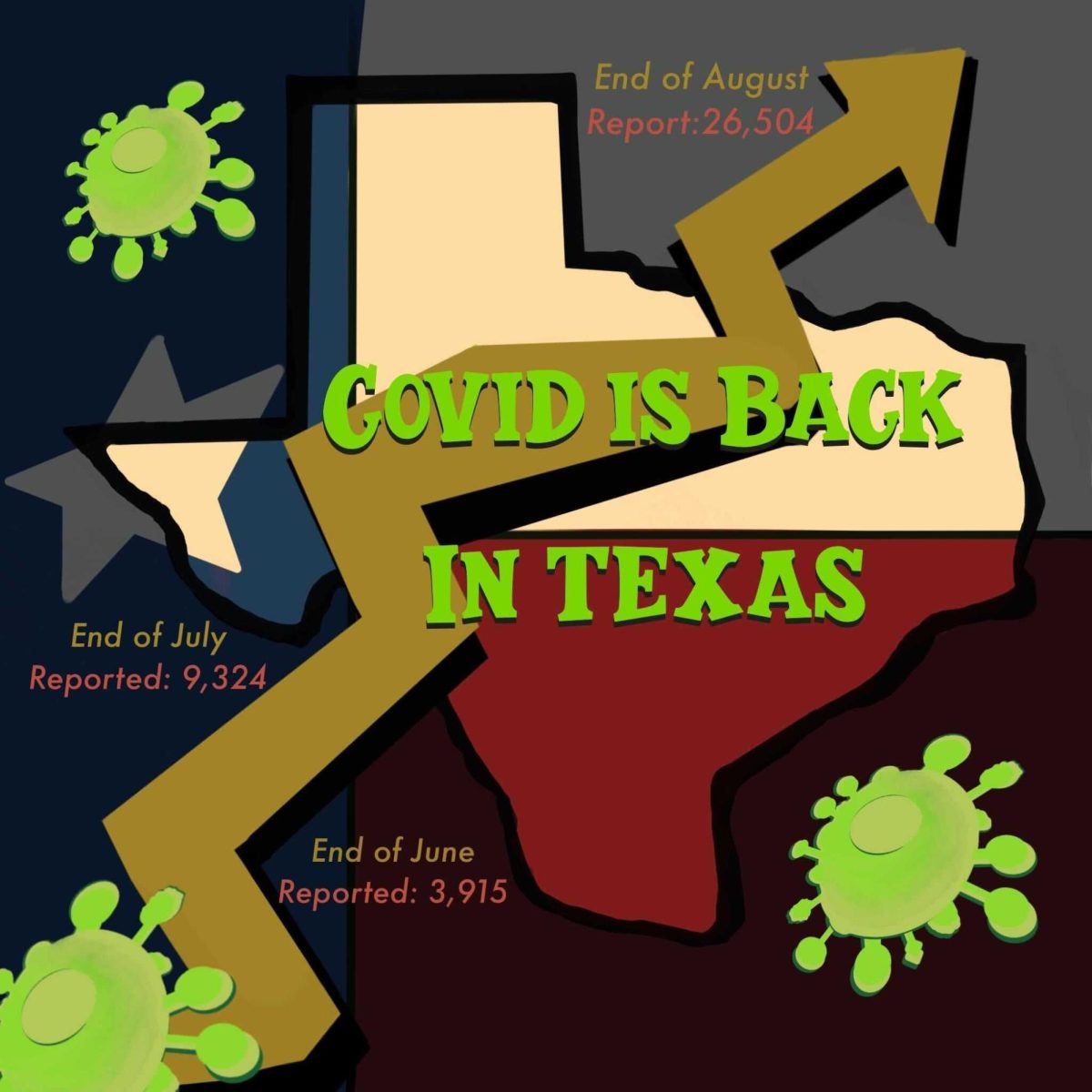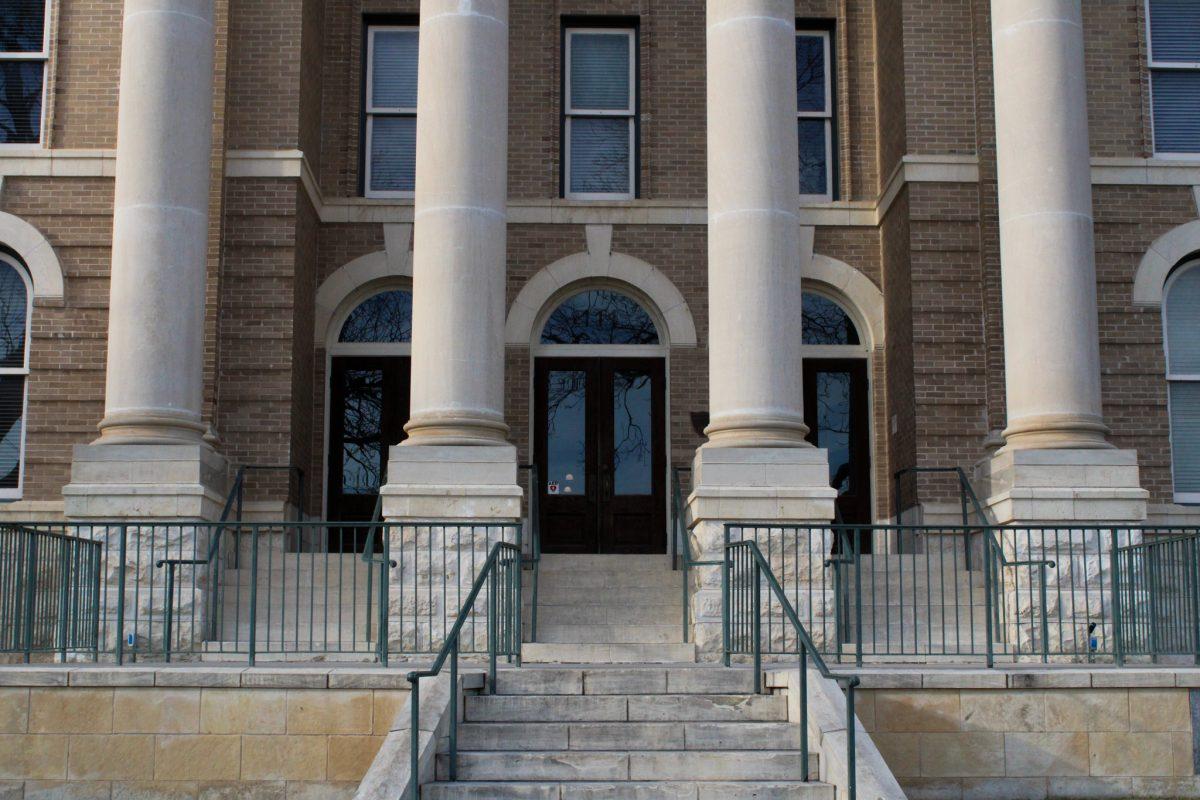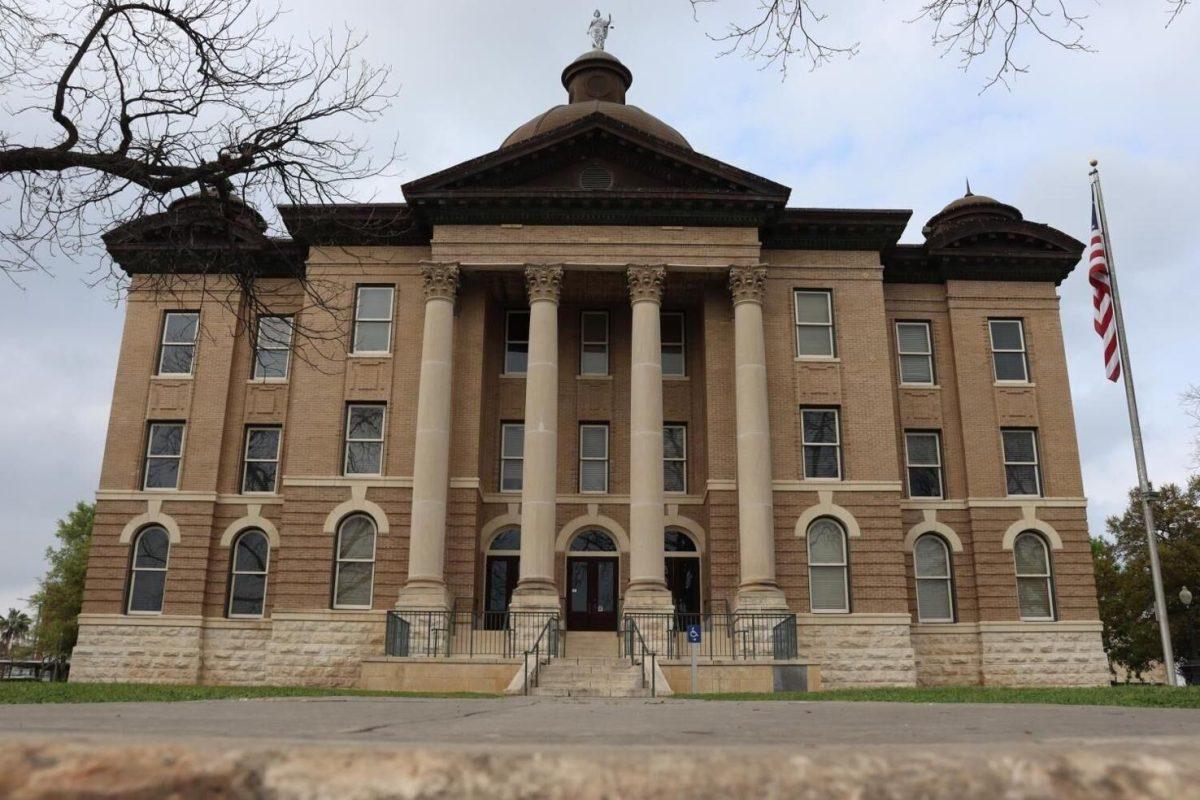The U.S. Census Bureau is implementing several adjustments to the 2020 Census in order to count U.S. citizens accurately and on time during the COVID-19 pandemic.
The Census Bureau extended response deadlines and continued pushing citizens to use online census resources to complete the nation-wide headcount on time.
The 2020 Census is a constitutionally-required questionnaire that takes a headcount of everyone living in the U.S., every ten years. This data helps the government decide how many seats in congress each state receives and how $675 billion in federal funding needs to be distributed to different communities in the country.
The money funds programs like federal pell grants, highway planning and construction, the community development block grant, disaster recover grants, historic preservation fund, small business development grants, emergency food assistance program, assistance to firefighters grants, violence against women grants and many more.
The rise of the COVID-19 pandemic has only complicated the process. The Census Bureau made several adjustments to its procedures to respect social distancing guidelines made by the Centers for Disease Control.
One of the changes includes an extension of the self-response phase deadline from July 31-Oct. 31. The non-response phase will begin Aug. 11 instead of May 13. The non-response follow up is also set to end Oct. 31.
According to Douglas Loveday, media specialist for the Census Bureau, the data collected from the census is set to be completed by late December.
“The 2020 Census is on track and moving forward, even in the midst of the current COVID-19 situation. Our three self-response options for this census are online, phone and paper questionnaires,” Loveday said. “The Census Bureau created a COVID-19 task force that continually monitors the situation and consults with national, state and local health authorities.”
To make the appropriate decisions in response to the pandemic, the established Census Bureau COVID-19 Internal Task Force is responsible for monitoring the scope of the pandemic and updating the Census Bureau’s Pandemic Addendum to the Census Bureau Continuity of Operations Plan.
In the 2010 Census, the Census Bureau reported only 67.7% of the Hays County’s population had self-responded to the Census. In San Marcos, only 62.5% of the population had self-responded to the Census.
Low numbers of responses are likely due to Hays County’s “hard-to-count” population. People part of rural areas, student housing, the homeless population and non-English speaking families are all considered as hard-to-count due to difficulties with communication on when, where and how people should be counted.
Magaret Yackal, coordinator of the Texas State Department of Housing and Residential Life, said the lack of Census participation in 2010 caused a severe loss of public funding to the county.
Yakal said $1600 is allocated annually for anyone counted, and it goes to the community.
“For every 100 people not counted, there is a loss of one million dollars over the next 10 years,” Yakal said. “Hays County was grossly under-counted. It’s estimated it lost 78 million in federal funding last year.”
In response to lack of census participation, Hays County established a Complete Count Committee. Using funds from both Hays County and social service provider United Way, the CCC is responsible for spreading awareness and ensuring everyone in Hays County takes the Census questionnaire through public engagement.
As of April 4, numbers in Hays County were low. The Census Bureau’s self-response map shows only 42.4% of the Hays County population have taken the census and in San Marcos, only 31.9% of the population has taken the census. The majority of census questionnaires in the county were taken online.
According to Jessica Mejia, CCC coordinator, these low rates are most likely due to Hays County’s hard-to-count population and the pandemic. With scheduled public events having to be moved to an online space, engagement is lost.
“We are, historically speaking, the hardest to count county in the nation. Our numbers are low right now,” Mejia said. “As Hays County Census program coordinator and as a San Marcos Rattler, Bobcat, and air force mom, I would like everyone to know that our number one priority is everyone’s safety and educating them to know that they count and that they matter.”
To combat low census ratings, the CCC and Hays County urge residents to take ten minutes and complete the Census either by phone or online. People can stay up to date by referring to the Census website and the CCC’s website.
Categories:
Why the 2020 Census isn’t immune to COVID-19
April 17, 2020
The U.S. Census Bureau mails self-response questionnaire forms to every residence in the country to complete the census. According to the Census Bureau, only 42.4% of the Hays County population has completed the census.
0
Donate to The University Star
Your donation will support the student journalists of Texas State University. Your contribution will allow us to purchase equipment and cover our annual website hosting costs.
More to Discover


